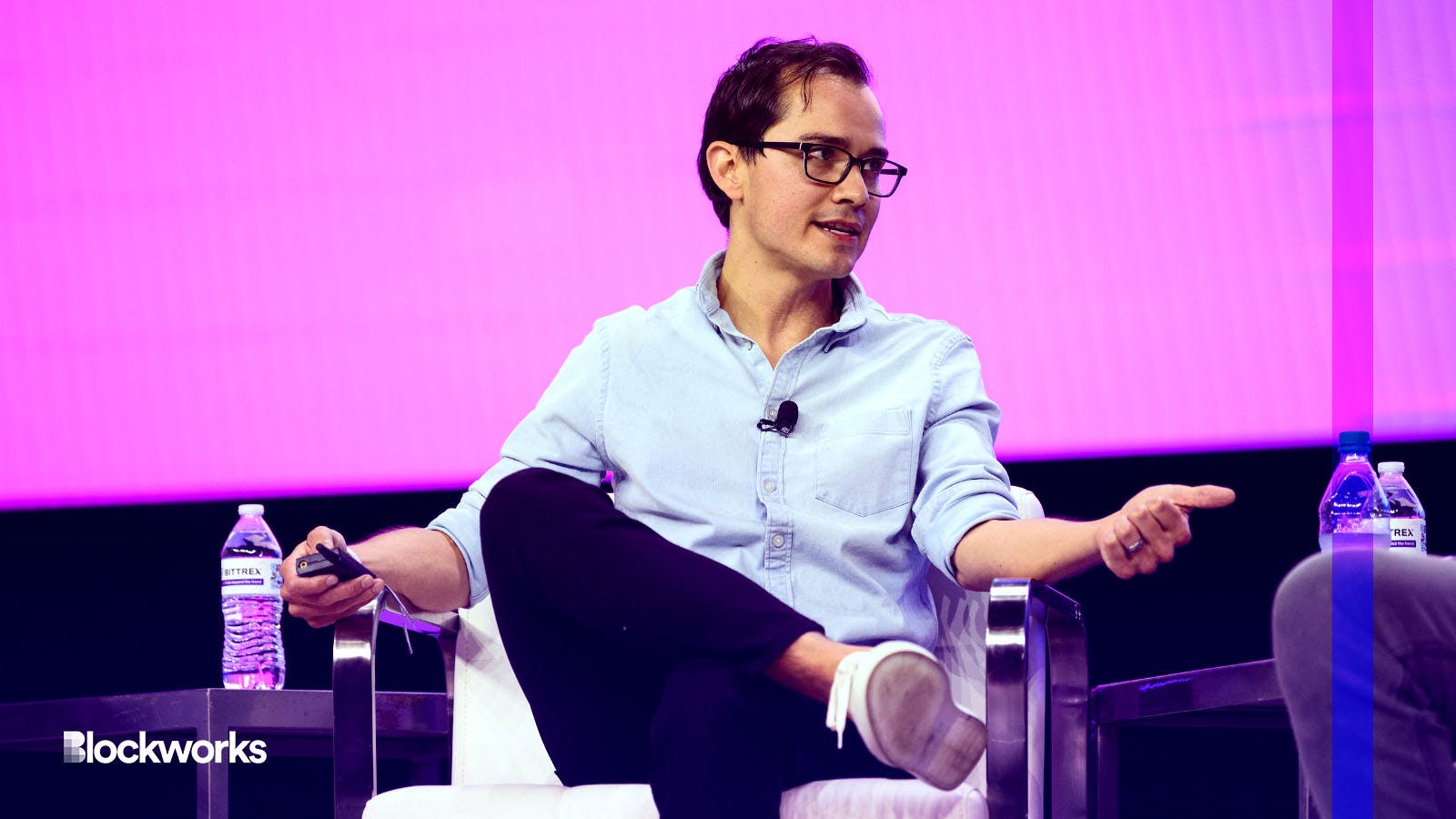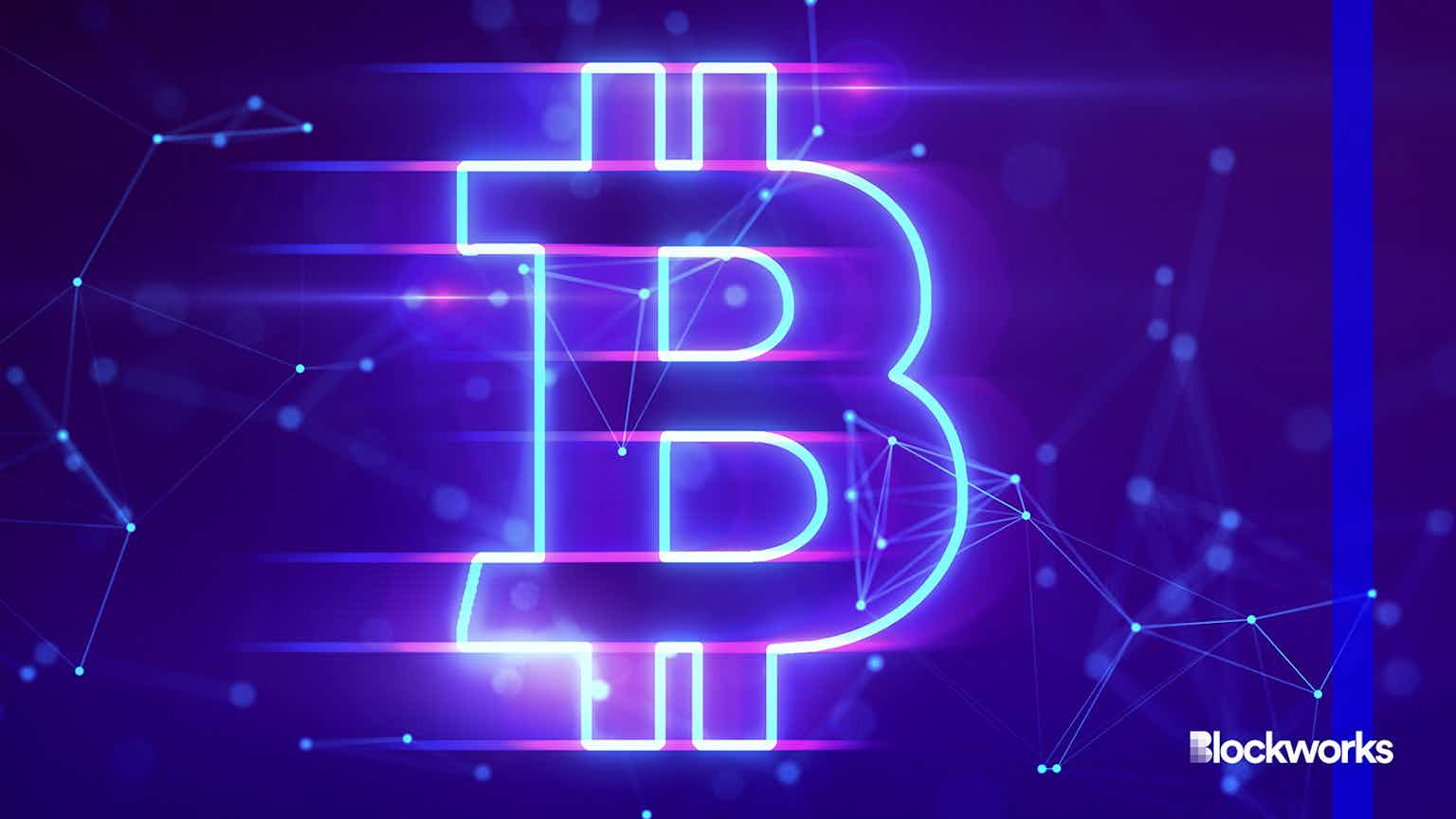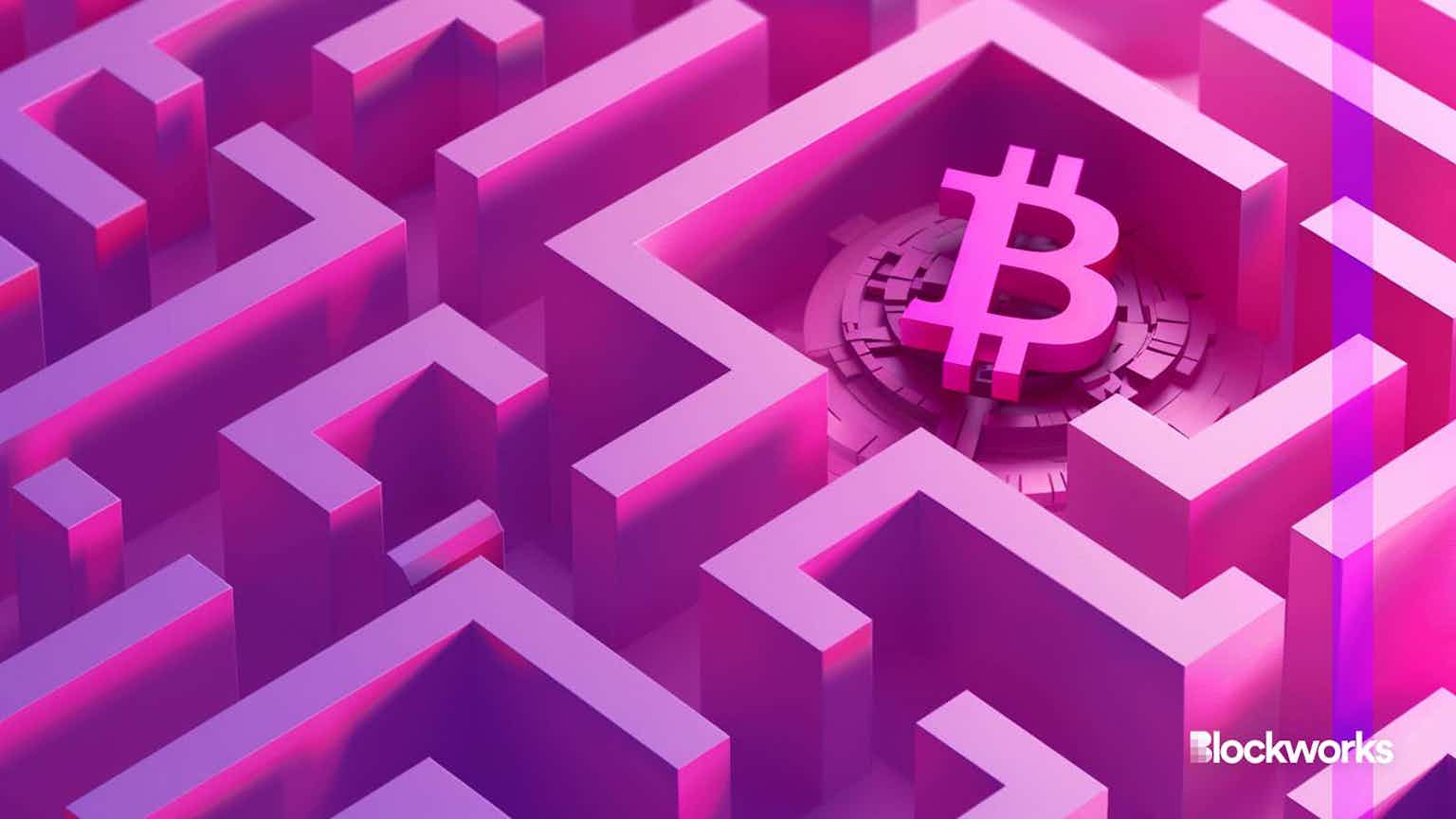Bankless Enhances Web3 Push With New 2.0 Launch
Bankless 2.0, launched Friday, comes with a host of new Web3 features for “citizens,” as they call their subscribers and DAO members, including podcast collectibles and a POAP mint

Bankless founder Ryan Sean Adams | Photo by Mike Lawrence
Crypto education and media platform Bankless is going crypto native with its move off of Substack and onto its new website: Bankless 2.0.
“We love Substack, but it was time to get more control over our future and double down on Web3,” Bankless founder Ryan Sean Adams said. “We’re planning to really push the boundaries on what Web3 media can do when it’s enabled by a clear mission and a motivated community.”
Bankless 2.0, launched Friday, comes with a host of new Web3 features for citizens, including podcast collectibles and a POAP mint in the application, a tool Adams said creators do not fully exploit.
POAP “allows fans to collect on-chain memories for key events, like an album release, a concert or a big product launch,” Adams said, adding “We used to manually email NFT claim links to our fans, but now they can claim Bankless POAPs in one click. We think superfan digital collectibles will be table stakes for creators ranging from Lex Friedman to Taylor Swift in a few years.”
Members can also now pay for subscriptions using crypto, thanks to Bankless’ partnership with Coinbase Commerce, the exchange’s payments platform for merchants.
Bankless 2.0 has other Web3 features launching in the coming weeks, including citizen profiles with on-chain engagement and collectibles and an option to sign in with Ethereum for a more secure, crypto-native approach.
The new site launch comes shortly after news that Adams and Bankless co-owner David Hoffman are launching a $35 million crypto venture fund, the company confirmed with Blockworks. The fund will be a separate entity from the media company.
It’s not the team’s first foray into Web3, as the Bankless’ co-founders separately launched a DAO — complete with its own governance token, BANK — in May 2021, and part of the initial supply of BANK was airdropped to premium Substack newsletter subscribers.
The DAO has a treasury containing cryptoassets worth about $1.4 million, mostly in BANK and ETH.
BANK itself reached a market cap of $15.6 million in April 2022, but that has fallen to about $4.6 million as of Friday at 12:00 Noon ET.
Disclosure: Bankless is a co-host of Blockworks’ Permissionless conference, a separate business line from editorial.
Start your day with top crypto insights from David Canellis and Katherine Ross. Subscribe to the Empire newsletter.





